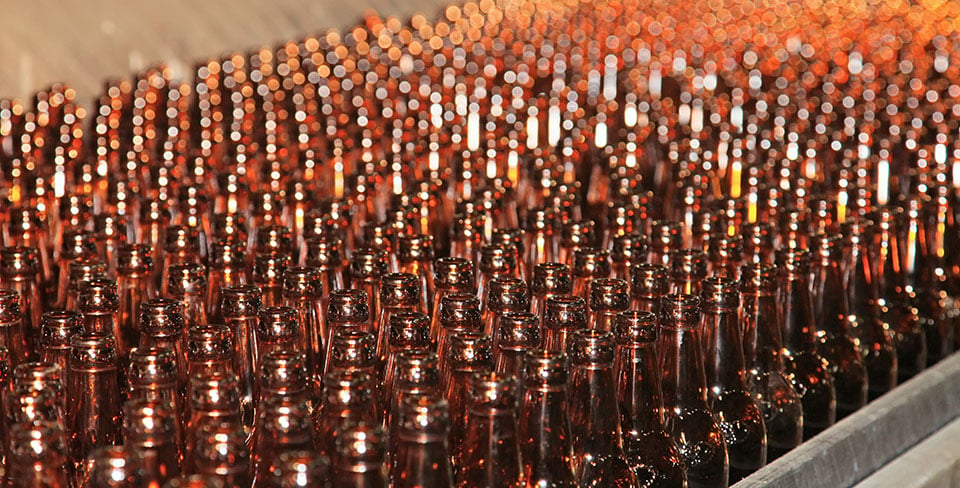The HACCP seven principles impact each and every aspect of brewery production. From raw materials that bring in physical, chemical, and microbial hazards, to bottling, canning and kegging issues, the HACCP scheme is an excellent foundation for the brewing industry. [1]
Remember, while historically the chemistry of beer has greatly inhibited microbial pathogens, there are still microbial issues that can create physical hazards (exploding bottles) from mold toxins, spore-forming pathogens, and spoilage microbes. Also, there are the potential physical hazards like glass or metal fragments, chemical hazards such as undesirable sanitation, engineering chemicals, or undeclared Allergens in a specific brewed product.
Furthermore, the requirement in HACCP to create a living, functional flow chart of the process, replete with CCPs, and CPs, with critical limits, and monitoring procedures, all give a brewery a backbone for establishing corrective actions of CLs and CCPs while maintaining logical verification procedures and documentation/record keeping. [Principles 2 thru 7].
Several years ago, the MBAA created a user-friendly Decision tree that melds the brewing industry concept of GBPs [Good Brewing Practices] with actual HAACP plans, coupled with an option for SQF program implementation. This is branched out for each component of a brewery including Brewhouse, Cellars, Bottling/Canning/Kegging, plus Transportation & Warehousing. [2] But rather than SQF being “supplemental” to the HACCP program, it serves as a functional navigator to HACCP reinforcement and re-assessment.
This structural backbone identifies hazards at each step of the brewery’s process and is incredibly invaluable to the Packaging Hall who identifies hazards, CCPs, and Corrective Actions for a bottling/canning/racking filler. Too often, we associate much of HACCP with microbial hazards due to pathogens, and not for the physical and chemical hazards inherent in breweries which is very critical!
Read the 7 principles of HACCP here https://food.unl.edu/seven-principles-haccp
Sources:
[1] Food Safety in the Brewery, Leon Fyfe, www.mbaa.com https://www.mbaa.com/meetings/districtpresentations/DistrictPresentations/Leon Fyfe.pdf
[2] Why should Breweries be concerned about Food Safety www.mbaa.com
https://www.mbaa.com/brewresources/foodsafety/Pages/WhyFoodSafety.aspx

